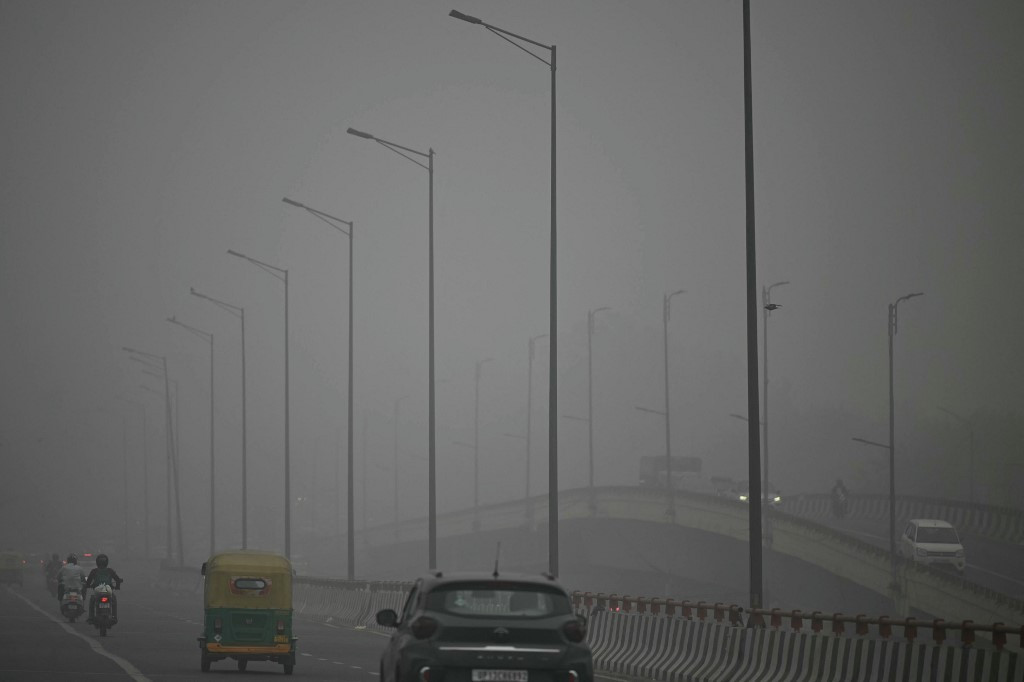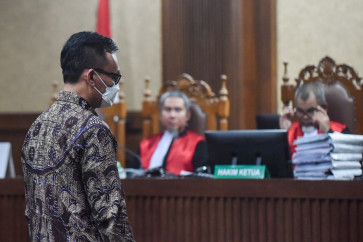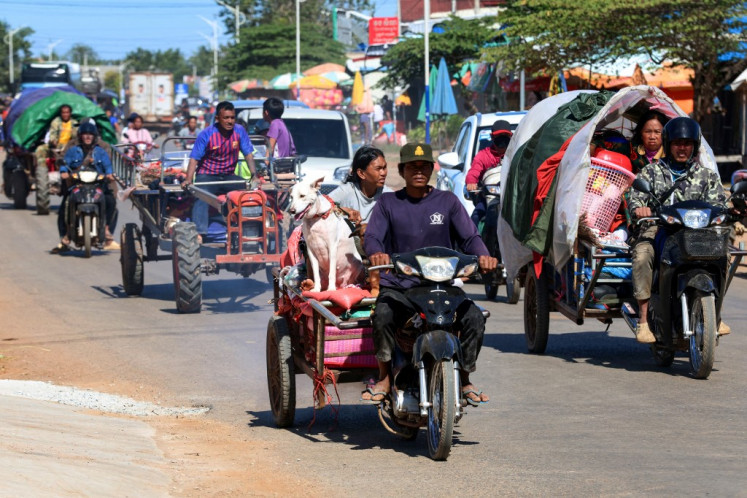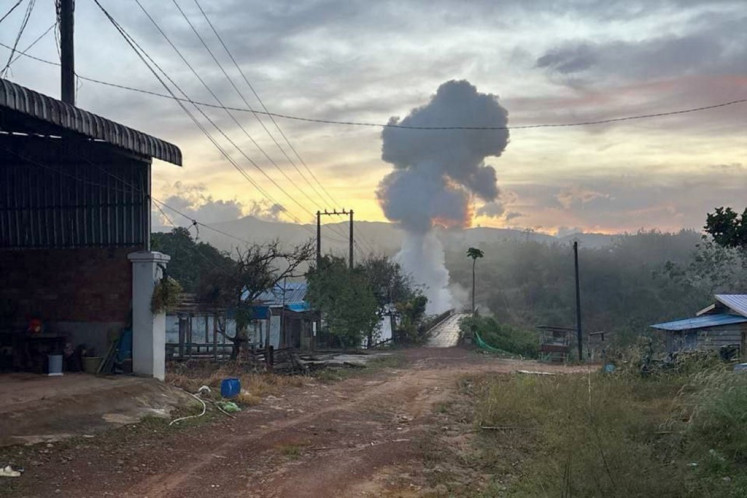Popular Reads
Top Results
Can't find what you're looking for?
View all search resultsPopular Reads
Top Results
Can't find what you're looking for?
View all search resultsToxic smog smothering India's capital smashes WHO limit
Cooler temperatures and slow-moving winds trap deadly pollutants.
Change text size
Gift Premium Articles
to Anyone
R
esidents of India's capital New Delhi choked in a blanketing toxic smog Wednesday as worsening air pollution surged past 50 times the World Health Organization's recommended daily maximum.
Cooler temperatures and slow-moving winds trap deadly pollutants.
At dawn on Wednesday, "hazardous" pollutant levels in parts of the sprawling urban area of more than 30 million people topped 806 micrograms per cubic metre, according to monitoring firm IQAir.
That is more than 53 times the World Health Organization recommended daily maximum of fine particulate matter -- dangerous cancer-causing microparticles known as PM2.5 pollutants that enter the bloodstream through the lungs.
Many in the city cannot afford air filters, nor do they have homes they can effectively seal from the foul smelling air.
The city is blanketed in acrid smog each year, primarily blamed on stubble burning by farmers in neighbouring regions to clear their fields for ploughing, as well as factories and traffic fumes.
But a report by The New York Times this month, based on air and soil samples it collected over a five-year period, revealed the dangerous fumes also spewing from a power plant incinerating the city's landfill garbage mountains.
Experts the newspaper spoke to said that the levels of heavy metals found were "alarming".
The India Meteorological Department (IMD) said the pollution had reduced visibility to 100 metres (328 feet) in some places by around 8 a.m. (0230 GMT).
"Low visibility procedures" were initiated at the city's Indira Gandhi International Airport, operator Delhi International Airport Limited said in a post on social media platform X.
"While landing and takeoffs continue at Delhi Airport, flights that are not CAT III compliant may get affected," the authority said.
CAT III is a navigation system that enables aircraft to land even when visibility is low.
The IMD said the city's temperature dropped to 17 degrees Celsius (63 degrees Fahrenheit) on Wednesday morning from 17.9C on Tuesday, and may fall further as sunlight remains cut off due to the smog.
India's Supreme Court last month ruled that clean air was a fundamental human right, ordering both the central government and state-level authorities to take action.
But critics say arguments between rival politicians heading neighbouring states -- as well as between central and state-level authorities -- have compounded the problem.
The WHO says that air pollution can trigger strokes, heart disease, lung cancer and other respiratory diseases.
It is particularly punishing for babies, children and the elderly.
A study in The Lancet medical journal attributed 1.67 million premature deaths to air pollution in the world's most populous country in 2019.









